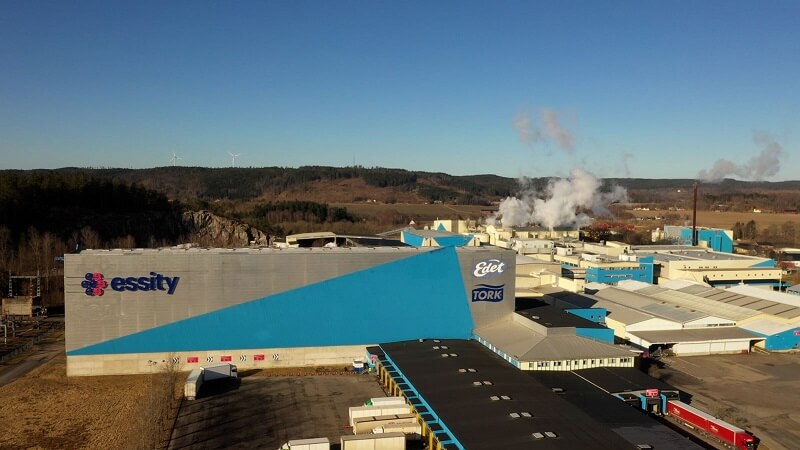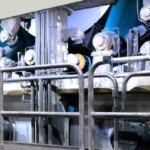By completely replacing natural gas with biogas, the production facility will reduce its fossil CO2 emissions to zero during normal operations.
March 24, 2021

Hygiene and health company Essity’s tissue production facility in Lilla Edet, Sweden wants to become the world’s first large-scale tissue facility with fossil CO2 emission-free production.
“The ambition for our production facility in Lilla Edet, Sweden, to be the world’s first tissue mill with emission-free production, is another example of Essity setting the future standards for sustainable tissue manufacturing. Supported by several successful shorter tests, we will now run the mill emission free for a longer period. We can then take the knowledge gained and explore using it in our other production facilities,” says Donato Giorgio, President Global Manufacturing at Essity.
After successful shorter tests during the beginning of 2021, the Lilla Edet facility will conduct a longer test run replacing natural gas with biogas as energy for producing Tork branded and consumer tissue products such as Lotus. Both natural gas and biogas contain methane; the difference is the origin. Biogas is renewably produced through digestion of biological waste and thus does not give rise to fossil CO2 emissions. The first deliveries of biogas will reach the production facility on March 22.
Also Read: Valmet Delivers 100th Vacuum Washer from Pune Workshop in India to North America.
By 2030, Essity aims to reduce its greenhouse gas emissions by 25% for its energy and electricity use, within the company and for purchased electricity, compared with the base year 2016. The target was approved by the Science Based Targets Initiative in 2018. Up until 2020, emissions have been reduced by 11% compared with the base year.



